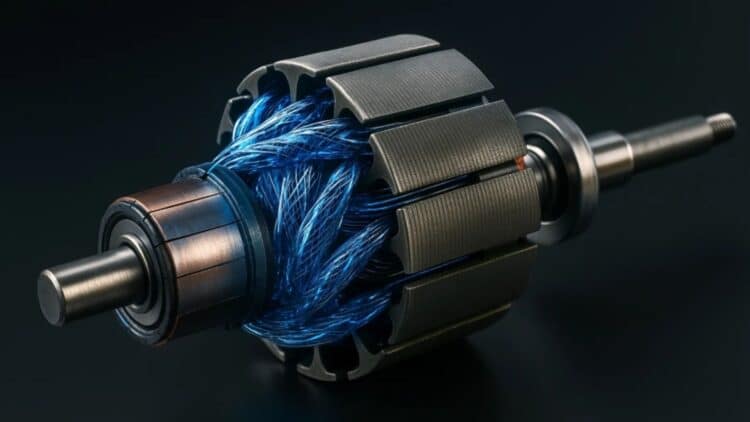An impossible engine now seems possible for Korea, which has introduced the first electric motor that works proficiently without the use of metal. Korea has cast some doubt on all prior engineering assumptions. This impossible engine was unveiled by the Korea Institute of Science and Technology (KIST) and is said to use an entirely new technology that stands in the place of traditional metals. This creation, revealed by KIST, introduces a shift towards what the future of vehicles could be like and looks at the future of engineering engines that seemed previously impossible.
Introducing the engine devoid of metal
Most engines make use of copper as copper is an excellent conductor. The downside to using this metal is that it is bulky and heavy and resulting in the motor being rather heavy. Energy efficiency is also reduced in the process. KIST looked at the downside of electric motors and decided to take copper out of the engine equation completely.
Not only copper, but all other metals were replaced with core-sheath composite electric cables (CSCEC) that were created from carbon nanotube technology. As has been stated by Dr. Dae-Yoon Kim of KIST, the use of CNT high-quality technology enabled the researchers to maximize the performance of CNT coils and drive electric motors without the use of any metal. The feat was incredible as it had never been done before.
Furthermore, the new engine is built on a purification process called Lyotropic Liquid Crystal-Assisted Surface Texturing (LAST) that causes the carbon nanotubes to align with metal impurities. All that results is lightweight, flexible cables capable of 133% better conductivity than untreated CNTs. The cables also weighed far less than traditional copper wires.
These purified CNT wires were 0,3 mm thin with insulation, and they could power a functional motor effectively. The new technology was tested by KIST, as they were able to power and move a model car across asphalt roads.
Understanding the scientific thinking behind the engine
The whole concept of the metal-free engine can be attributed to carbon nanotubes (CNTs), which are ultra-thin, tube-shaped nanomaterials made using carbon atoms and arranged in a lattice pattern. These particles have electrical, mechanical, and thermal properties. While the use of carbon nanotubes in motors is not new, all prior attempts saw metal catalyst contamination resulting from the manufacturing processes.
With the LAST process, KIST was able to handle this setback. The KIST researchers dissolved CNTs into chlorosulfonic acid, allowing for alignment during the liquid crystal phase. Adding water resulted in hydrochloric acid being formed, which stripped away metal impurities in a way so that the nanotube structure didn’t get ruined in any way.
BMW patented engines without fuel, and KIST introduced an engine that runs without metal. With this engine, the weight is the most desirable feature of replacing this engine with one that does not contain metal.
Working towards better cars with the new motor
Using these motors will have considerable benefits. Firstly, CNT-based cables could take off 35 pounds, which is over 16kg, from the motor’s weight. Although this may not initially seem exciting, it will improve torque response and allow for more efficient cooling systems, which can result in an improved battery life.
The motor could even ensure the whole weight is off the aircraft, which will improve flight times. This is but one advantage, especially since the performance-to-weight ratio of the CNT motor was a mere 6% behind that of copper. According to the team at KIST, “Reducing weight increases battery efficiency and extends operational range.”
Korea seems to be at the forefront of innovations when it comes to engines; they have even declared war on Japan with their latest engine. Now, with Korea introducing this 100% free of metal motor, Korea is paving the way forward in terms of both engineering and material science. Perhaps the innovation can cause everyone to consider what a future without metals could be like.
Disclaimer: Our coverage of events affecting companies is purely informative and descriptive. Under no circumstances does it seek to promote an opinion or create a trend, nor can it be taken as investment advice or a recommendation of any kind.


